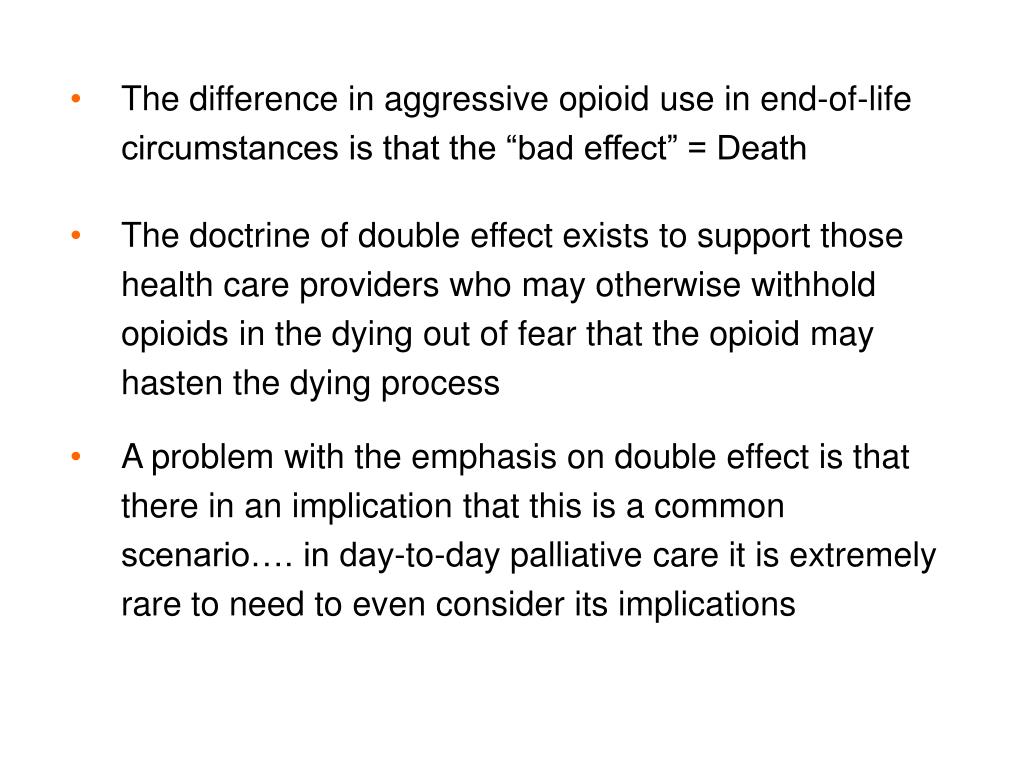

Relatives may even suffer post-traumatic stress from having seen a loved one treated this way (Craig, 2005).

Such practice can be a potent cause of distress to families (Baines and Sykes, 2000), who may regard hydration as a non-burdensome, humane, supportive intervention that reduces suffering (Cherny, 2008). It is common practice in palliative care not to rehydrate dying patients on the basis that the absence of fluids causes no discernible symptoms, except possibly a dry mouth (Baines and Sykes, 2000).Įven so, relatives are likely to express concern when a patient does not drink during the terminal phase, or if fluids are withheld while deep sedation is required for symptom control (Ashby, 1998). This debate has been intensified by the suggestion that continuous deep sedation (CDS) without hydration may actually amount to “slow euthanasia”, or euthanasia in disguise. While there is wide consensus that invasive forms of nutrition are not essential for patients who can no longer eat and drink at the end of life (Cherny, 2008), no consensus exists regarding the withholding of hydration from patients dying naturally (Warnock and Macdonald, 2008). Rendering patients unconscious until death remains controversial, however (Roy and MacDonald, 2001). Sedation can be used intermittently or continuously until death, and the depth of sedation can vary from lowered consciousness to unconsciousness. If treatment with analgesics or anxiolytics is ineffective, sedatives can be used to decrease consciousness and remove the patient’s perception of their symptoms. One of the most important goals of palliative care is to alleviate such symptoms. Many develop a form of agitated cognitive impairment or delirium, which is often part of the dying process (Campbell and Partridge, 2007). Patients nearing death from advanced cancer often experience distressing symptoms such as dyspnoea, pain and anxiety (Rietjens et al, 2008). Scroll down to read the article or download a print-friendly PDF including any tables and figures.This article has been double-blind peer reviewed.Nursing Times 108: 38, 24-27.Īuthor: Paul Beland is deputy team leader, St Barnabas Lincolnshire Hospice. By reviewing the literature on the subject, this article examines whether continuous deep sedation without hydration - in the context of palliative care for patients with advanced cancer at the end of life - could be seen as a moral and clinical equivalent of so-called “slow euthanasia”. It focuses on length of survival, fluid retention and thirst, and reviews the evidence and lack of it that supports or questions the practice of withholding parenteral fluids at the sedated and palliated end of life.Ĭitation: Beland P(2012) Ethical issues around continuous deep sedation without hydration.


 0 kommentar(er)
0 kommentar(er)
